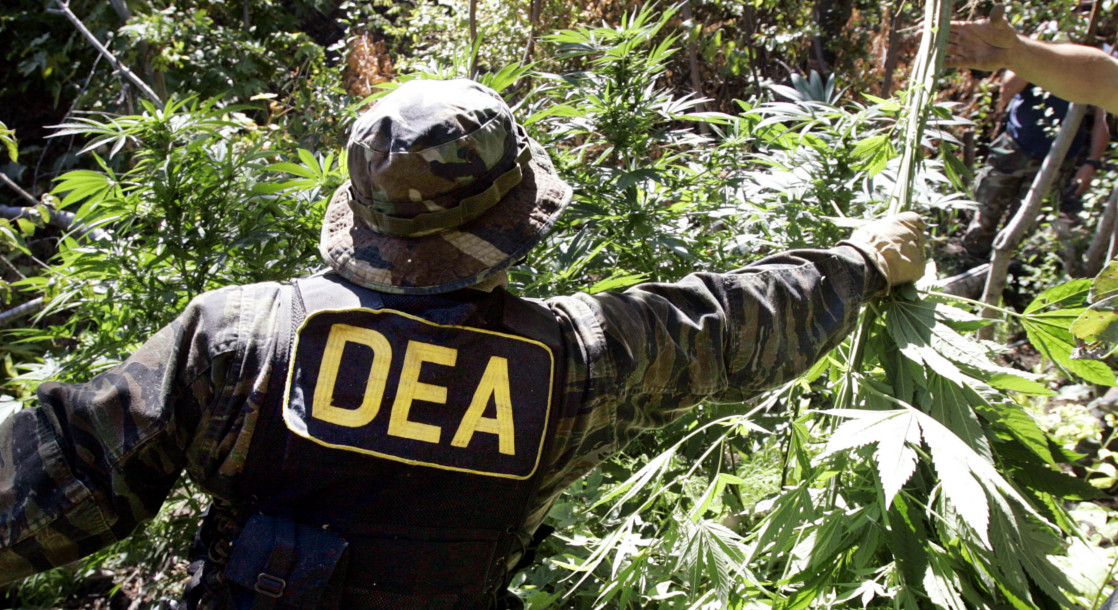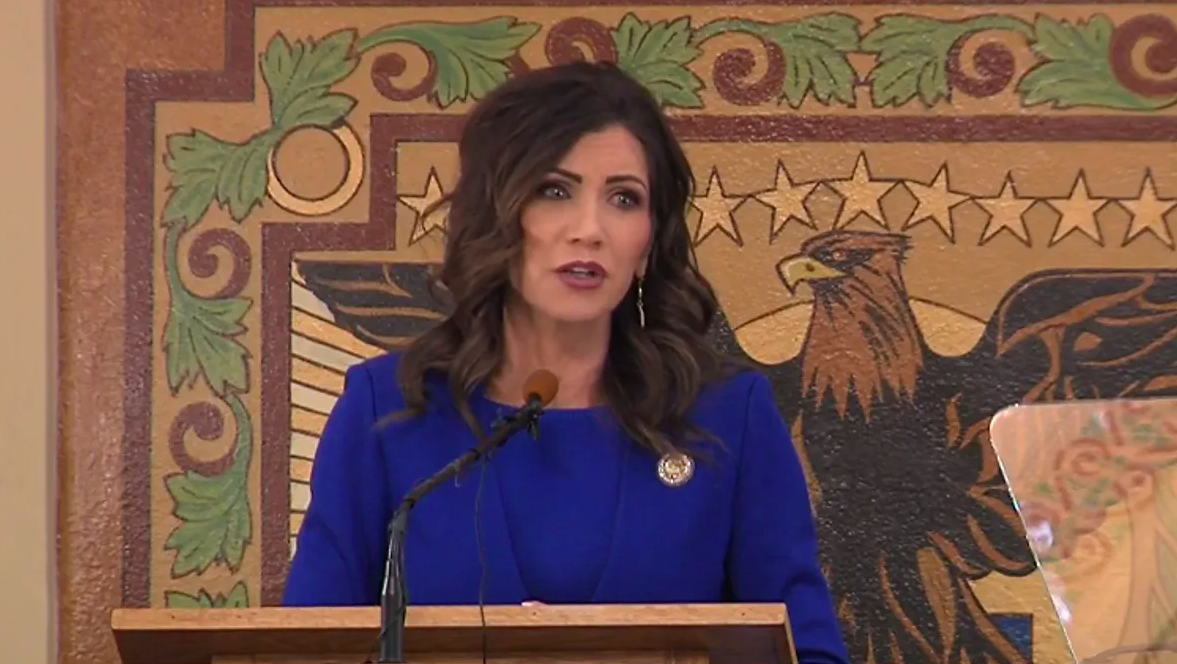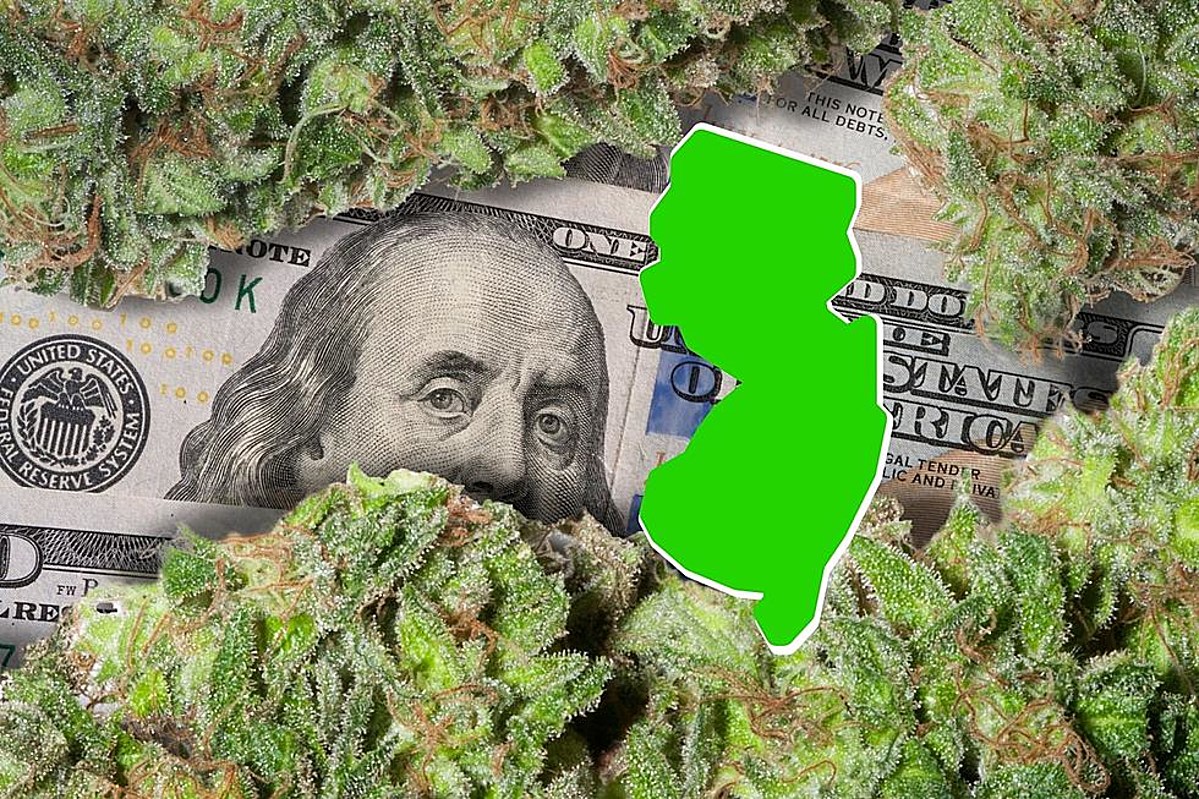Cannabis is legal in some form in the majority of US states, but the regulations, protections, and laws governing marijuana vary widely from state to state. A study published this month in Addiction has examined the extent to which discrimination laws, product safety labeling, and other aspects of cannabis regulations vary throughout the country.
Researchers from the Temple University Center for Public Health Law Research and the RAND Drug Policy Research Center examined state laws using data from the Prescription Drug Abuse Policy System. Cannabis has been classified as a Schedule I drug with no medical value for nearly 50 years, which means that the federal government is currently unable to create nationwide regulations on the use of the drug, as they do for other medicines.
“In the absence of the usual federal regulations to protect patients, ensure product safety and prevent diversion and abuse, states have been left to their own devices,” said Scott Burris, lead author of the study, and director of the Center for Public Health Law Research. Without federal regulations, states have created their own laws, some of which reflect aspects of federal prescription drug laws, and some of which are based on alcohol and tobacco regulations.
The study also found that only 14 of the 27 canna-legal states at the time of the study had created laws to protect medical marijuana patients from discrimination. Most of these states have regulations to control packaging and labeling requirements for medical cannabis products, but these laws vary widely from state to state. Only 18 of these states require mandatory product safety testing, for example.
“In this area of health policy, as in others, states are serving as ‘laboratories of democracy,’ but the exercise is only productive if researchers step up to rigorously evaluate the impact of state innovation,” Burris said. “We largely have no idea about how well these laws protect patients and the public.”











